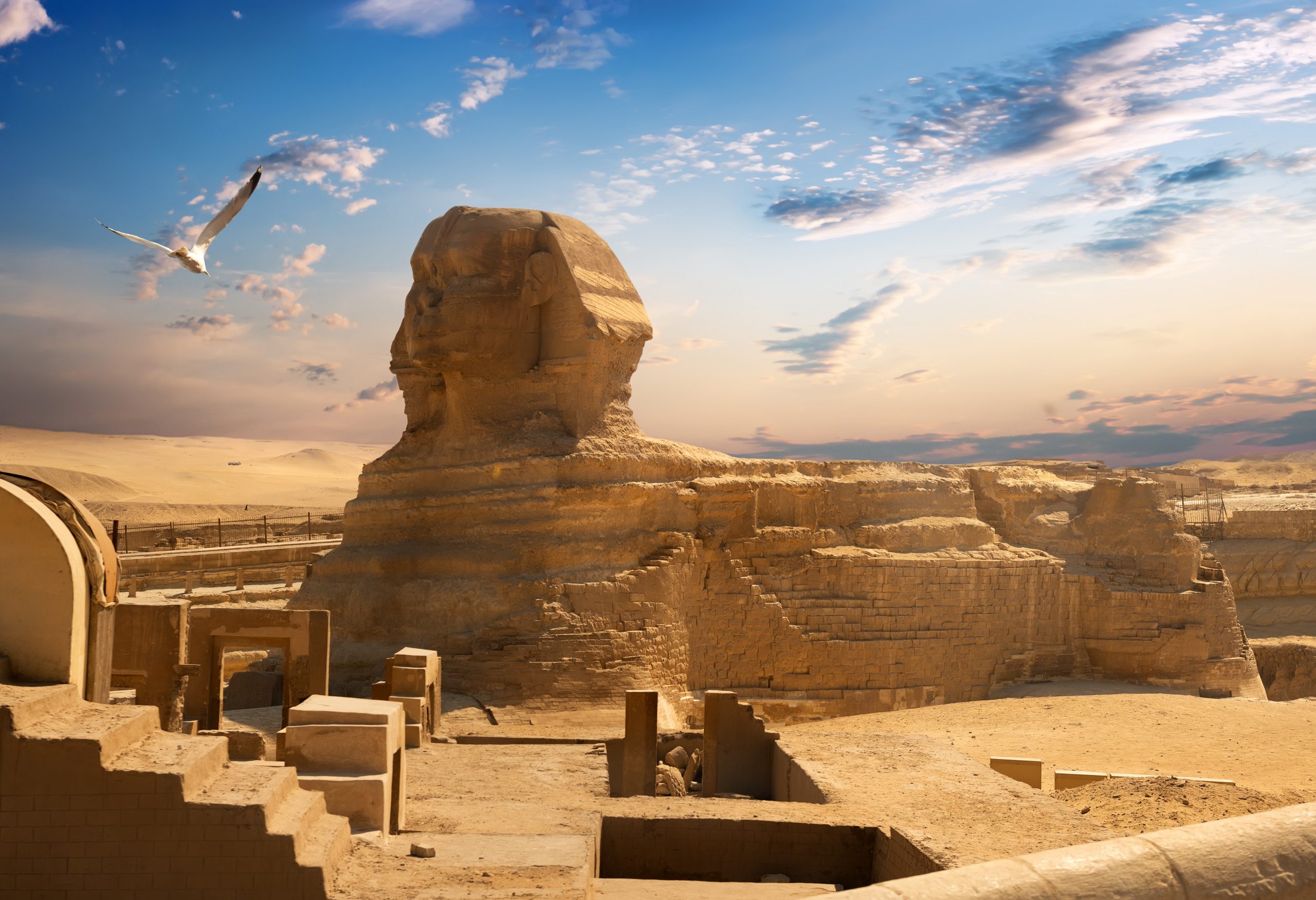The Art of Astrophotography: Capturing the Beauty of the Universe
Astrophotography is a mesmerizing blend of science and art that allows us to capture the awe-inspiring beauty of the universe. Through the lens of a camera, we are able to witness the celestial wonders that have captivated humanity for centuries. From the swirling galaxies to the radiant nebulae, each image tells a story of the vastness and complexity of the cosmos.
One of the most captivating aspects of astrophotography is the ability to capture objects that are billions of light-years away. With the advancements in technology and equipment, photographers are able to capture stunning images of distant galaxies and nebulae that were once only visible through powerful telescopes. The sheer scale and beauty of these celestial objects are enough to leave anyone in awe of the universe we inhabit.
One of the challenges of astrophotography is the need for patience and dedication. Unlike traditional photography, capturing images of the night sky requires long exposure times and precise alignment of equipment. Photographers often spend hours or even days in remote locations, away from light pollution, to capture the perfect shot. It is a labor of love that requires a deep passion for both photography and astronomy.
One of the most iconic images in astrophotography is the Hubble Deep Field, a series of images taken by the Hubble Space Telescope that capture thousands of galaxies in a small patch of the sky. These images have provided astronomers with valuable insight into the formation and evolution of galaxies, as well as the vastness of the universe. The beauty and complexity of these images serve as a reminder of our place in the cosmos and the wonders that lie beyond our own galaxy.
Astrophotography also allows us to capture the beauty of our own solar system, from the majestic rings of Saturn to the fiery surface of the sun. Photographers are able to capture detailed images of planets, moons, and asteroids that reveal the intricate patterns and structures of these celestial bodies. These images serve as a reminder of the diversity and complexity of our own corner of the universe.
One of the most exciting aspects of astrophotography is the potential for discovery. Amateur astronomers and photographers have made important contributions to the field of astronomy through their images. In some cases, astrophotographers have discovered new comets, asteroids, or even supernovae through their observations. This demonstrates the power of citizen science and the important role that amateur astronomers play in expanding our knowledge of the universe.
In conclusion, astrophotography is a captivating and inspiring art form that allows us to capture the beauty of the universe in ways that were once unimaginable. Through the lens of a camera, we are able to witness the wonders of the cosmos and gain a deeper appreciation for the vastness and complexity of the universe. Whether capturing distant galaxies or the planets of our own solar system, astrophotography allows us to explore the mysteries of the universe and inspire future generations to continue pushing the boundaries of our understanding of the cosmos.




